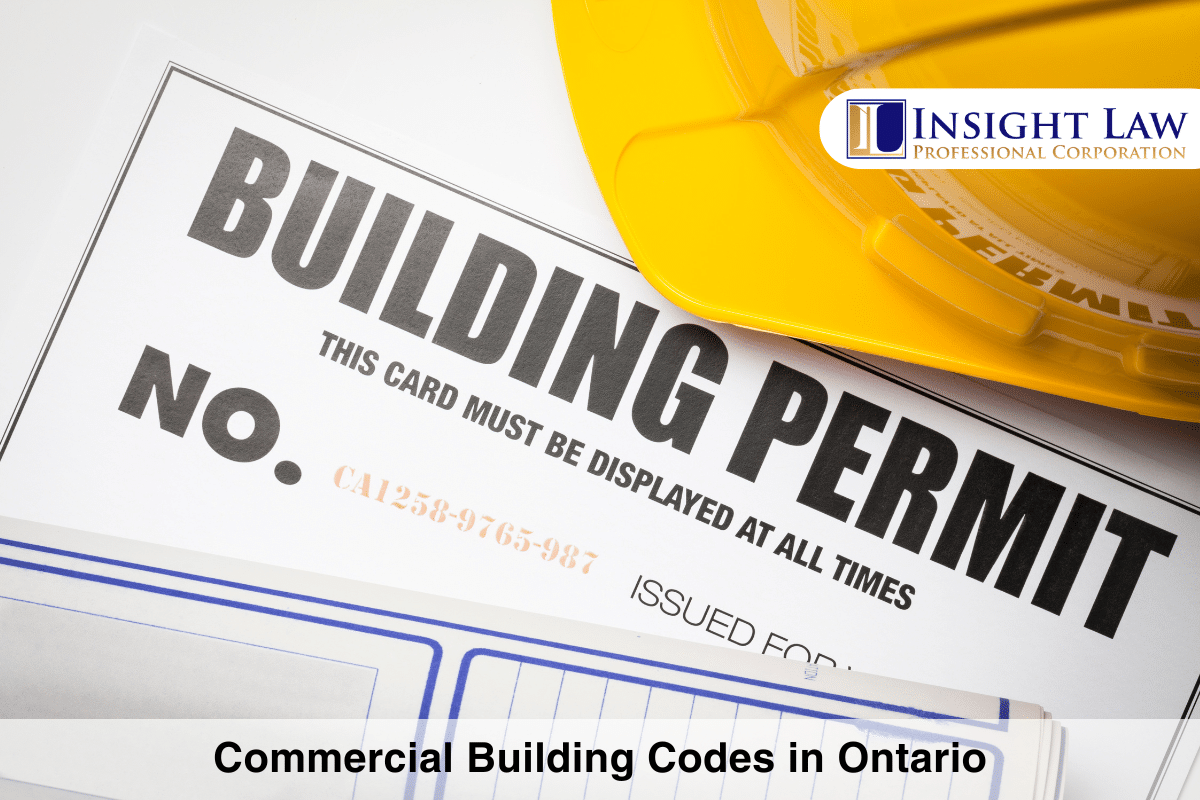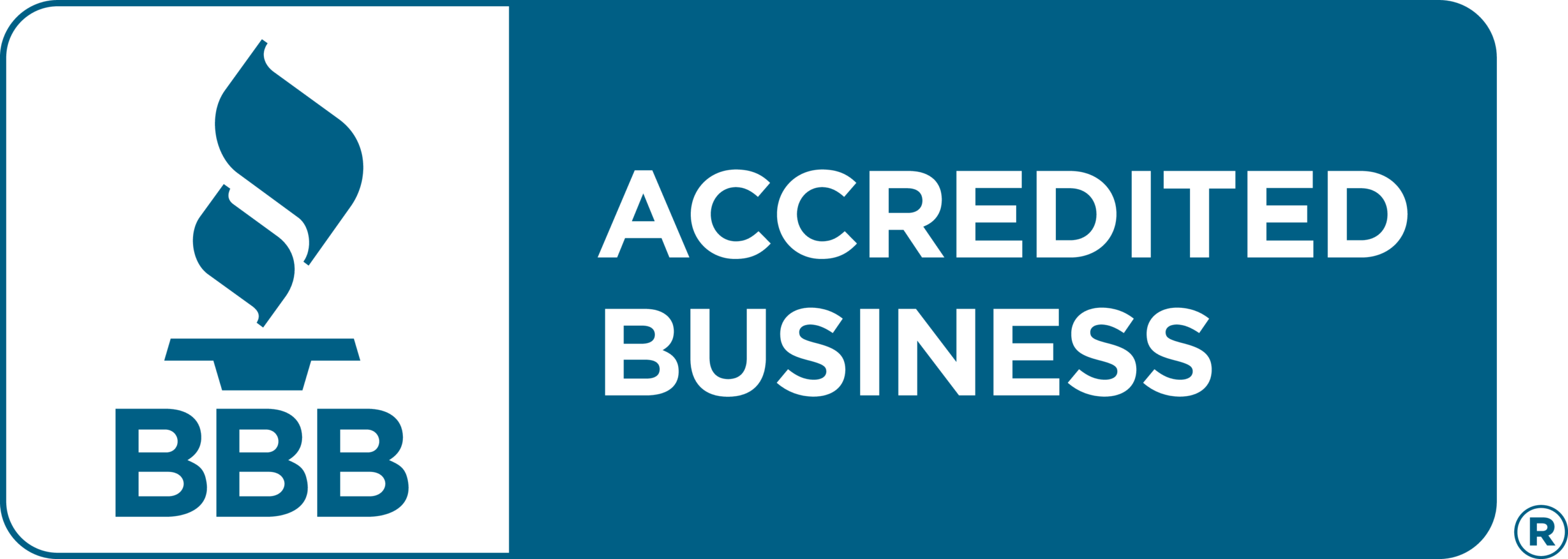Commercial building codes refer to rules and regulations that control commercial properties’ construction, upgrading, and upkeep. These codes play a fundamental role in guaranteeing the safety, accessibility, and energy efficiency of commercial structures. It is essential for architects, builders, developers, and business owners involved in commercial construction or renovation projects to have a clear understanding of these codes.
Understanding Ontario’s Building Codes
The Building Code Act, 1992 provides the legislative framework for the Ontario Building Code (OBC). The OBC establishes technical and administrative requirements.
The OBC is regularly updated to reflect advancements in technology, materials, and construction practices. Additionally, other laws and regulations may apply to development or renovation projects, depending on zoning, environmental, and heritage considerations. It is advisable to consult a subject matter expert to ensure full compliance with all applicable regulations.
Key Aspects of Commercial Building Codes
The key aspects of commercial building codes in Ontario, primarily governed by the Ontario Building Code (OBC), cover a wide range of standards and regulations designed to ensure the safety, functionality, and sustainability of commercial buildings. Some of these aspects include:
- Structural Safety: The OBC sets requirements for the structural design and integrity of buildings to ensure they can safely withstand loads and stresses, including those from environmental factors like snow, wind, and seismic activity.
- Fire Safety and Protection: This includes regulations on fire-resistant materials, fire exits, emergency lighting, fire alarms, and sprinkler systems. The code mandates specific measures for fire prevention, containment, and safe evacuation.
- Accessibility: The OBC incorporates standards for accessibility in commercial buildings, aligning with the Accessibility for Ontarians with Disabilities Act (AODA). These include provisions for barrier-free access, ramps, elevators, door widths, and restroom accessibility to accommodate individuals with disabilities.
- Energy Efficiency and Environmental Sustainability: The code stipulates energy conservation and efficiency requirements. This covers insulation, HVAC systems, windows, and other building components to reduce energy consumption and promote environmental sustainability.
- Plumbing and Electrical Systems: Detailed standards are set for the safe and efficient installation and maintenance of plumbing and electrical systems, ensuring they meet health and safety requirements.
- Health and Safety Standards: This covers aspects such as air quality, ventilation, sanitation facilities, and safe handling of hazardous materials.
- Building Occupancy Classification: The OBC classifies buildings based on their intended use (e.g., office, retail, industrial), with specific requirements for each class regarding safety, accessibility, and functionality.
- Building Permits and Inspections: Compliance with the OBC is enforced through a system of permits and inspections. Permits are required for new construction, renovations, and changes in building use, and inspections are conducted at various stages to ensure adherence to the code.
- Heritage Building Considerations: The OBC includes specific provisions for renovating or restoring historic or heritage buildings to preserve their character while ensuring safety and accessibility.
- Noise Control and Acoustics: Standards for sound insulation and noise control, particularly in mixed-use buildings or buildings close to residential areas, to ensure a comfortable and productive environment.
Adherence to these aspects is required for any Ontario commercial construction or renovation project. The OBC is regularly updated to reflect new technologies, materials, and practices and changing societal needs, making it essential for construction industry professionals to stay informed about the latest standards.
Compliance and Permits
Compliance with the OBC is mandatory for all new construction, renovations, and changes of use. Before starting a project, it is crucial to obtain the necessary permits from the local municipal building department. These permits ensure that plans comply with the OBC and other applicable laws.
Navigating the Approval Process
The approval process involves submitting detailed plans and specifications for municipal building officials to review. Inspections are conducted at various stages of construction to ensure ongoing compliance. Navigating this process requires a thorough understanding of the OBC and often the assistance of professionals like architects or code consultants.
The approval process typically involves:
- Application Submission – Provide construction plans, blueprints, and compliance documents.
- Plan Review – Municipal officials assess the application for OBC compliance.
- Permit Issuance – Once approved, construction can proceed under specific conditions.
- Inspections – Inspections occur at various construction stages to confirm compliance.
- Final Approval & Occupancy Permit – The project must pass a final inspection before being occupied.
Hiring an architect, code consultant or engineer familiar with the process can streamline the approval process and prevent compliance issues.
Summary
Commercial building codes in Ontario are crucial for ensuring that commercial spaces are safe, accessible, and efficient. It is essential to stay updated on these codes and work with knowledgeable professionals to achieve successful compliance. As Ontario continues to evolve, these codes play a vital role in shaping its commercial landscape, making sure that it is sustainable, accessible, and secure for future generations.
Insight Law is committed to providing efficient legal services. If you are buying or selling commercial property or require legal assistance regarding a real estate matter, we are here to help you. Contact us today to learn how we can assist you.
The information provided above is of a general nature and should not be considered legal advice. Every transaction or circumstance is unique, and obtaining specific legal advice is necessary to address your particular requirements. Therefore, if you have any legal questions, it is recommended that you consult with a lawyer.







